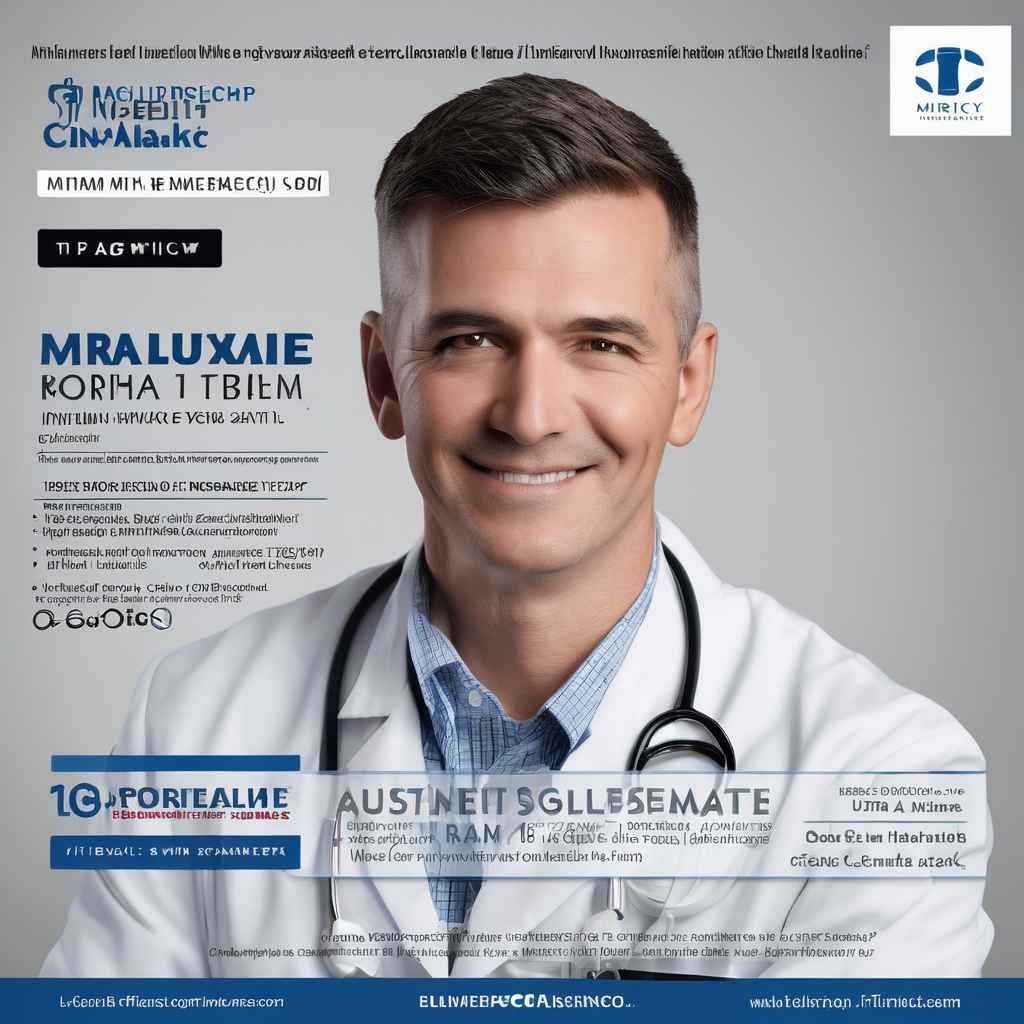
As artificial intelligence (AI) advances, cybercriminals are leveraging it to create sophisticated attacks that challenge traditional security measures. AI-powered cyber threats are evolving rapidly, making it essential for businesses and individuals to stay informed and proactive. This article explores the growing risks of AI-driven cyber attacks and offers practical defense strategies.
Understanding AI-Powered Cyber Threats
AI is being used to automate and enhance cyber attacks in ways that were once unimaginable. Here are some of the most common AI-driven cyber threats:
1. AI-Enhanced Phishing Attacks
Cybercriminals now use AI to craft personalized phishing emails, making them more convincing and harder to detect. AI-driven chatbots can even simulate human conversation to manipulate victims into sharing sensitive information.
2. Deepfake Technology for Fraud
Deepfake AI enables cybercriminals to create realistic fake videos and voice recordings, impersonating executives or employees to execute financial fraud and social engineering attacks.
3. AI-Powered Malware
AI-driven malware can adapt in real-time, evading traditional detection methods. These self-learning programs analyze security protocols and adjust their attack vectors accordingly.
4. Automated Password Cracking
AI algorithms can rapidly process vast amounts of data to break passwords, even those with complex structures. These advanced techniques make brute-force attacks more efficient and dangerous.
5. Smart Botnets and DDoS Attacks
AI-powered botnets can analyze defenses and modify attack patterns, making distributed denial-of-service (DDoS) attacks more persistent and difficult to mitigate.
How to Defend Against AI-Powered Cyber Attacks
With the increasing prevalence of AI-driven cyber threats, organizations must adopt a multi-layered security approach. Here’s how you can protect yourself:
1. Implement AI-Driven Security Solutions
Leveraging AI for defense is just as crucial as cybercriminals using it for attacks. AI-powered security tools can:
- Detect anomalies in network traffic.
- Identify phishing attempts with high accuracy.
- Automate incident response to minimize damage.
2. Strengthen Employee Cybersecurity Awareness
Employees are the first line of defense against AI-powered threats. Organizations should:
- Conduct regular cybersecurity training.
- Teach employees to recognize phishing attempts.
- Simulate real-world attack scenarios for preparedness.
3. Use Multi-Factor Authentication (MFA)
MFA adds an extra layer of security by requiring multiple verification steps. This can significantly reduce the risk of AI-enhanced password-cracking attacks.
4. Monitor Network Activity in Real Time
Continuous monitoring and analysis of network activity help detect suspicious behavior early. Security Information and Event Management (SIEM) solutions powered by AI can identify and respond to threats in real-time.
5. Regularly Update and Patch Systems
Keeping software, applications, and operating systems updated is critical in preventing AI-powered malware attacks. Regular patches close vulnerabilities before cybercriminals can exploit them.
6. Establish Strong Incident Response Plans
A well-prepared incident response strategy can mitigate damage from AI-driven attacks. Organizations should:
- Develop clear protocols for responding to cyber threats.
- Conduct regular cybersecurity drills.
- Ensure rapid containment and recovery measures are in place.
Conclusion
AI is transforming both cybersecurity and cyber threats. While cybercriminals continue to leverage AI for sophisticated attacks, organizations can stay ahead by adopting AI-driven defense mechanisms, enhancing employee awareness, and strengthening security protocols. By implementing proactive strategies, businesses and individuals can significantly reduce their vulnerability to AI-powered cyber threats.














